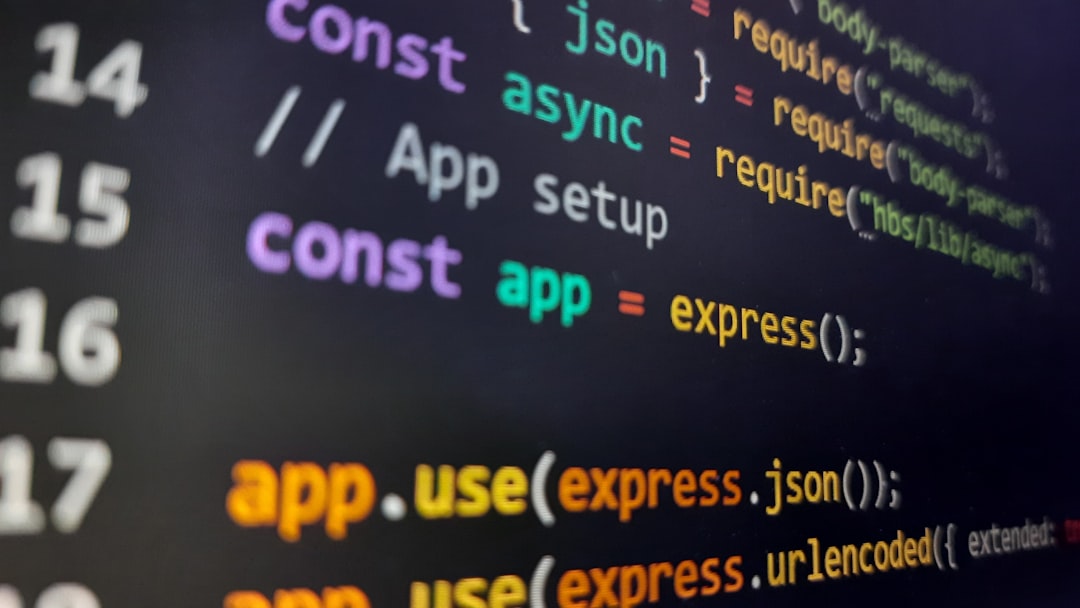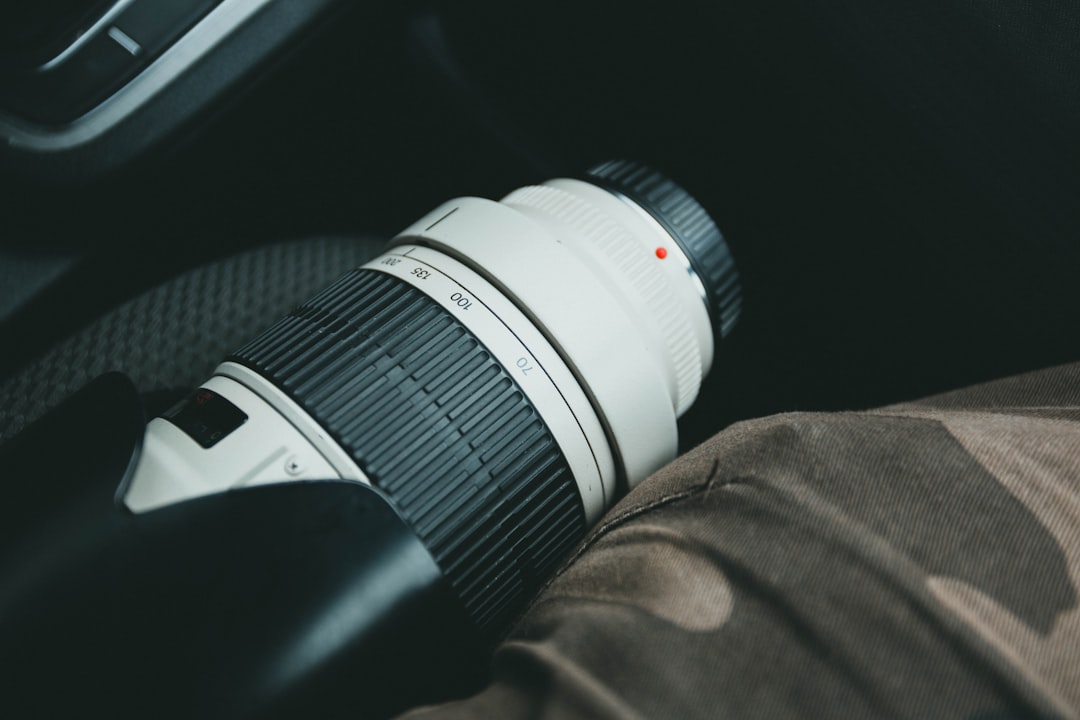In the age of visual content, a reverse image search has become an essential tool for verifying images, identifying products, locating the image source, or uncovering similar images. Whether you’re on a desktop or a mobile device, there are multiple effective ways to perform a reverse image search using a photo or screenshot. This article explores several methods and platforms to help users find detailed information about images, using both built-in browser features and third-party tools.
What Is Reverse Image Search?
Reverse image search is a technique that allows users to look up information using an image rather than text. By uploading an image or entering its URL into a search engine, the user can find where the image appears online, identify the subjects in the image, check for copyright infringement, or even find higher-resolution versions.
How to Do a Reverse Image Search on Desktop
Users on desktops have several user-friendly tools at their disposal. The most common platforms are Google Images, Bing Visual Search, and third-party tools like TinEye.
1. Google Images
- Go to Google Images.
- Click the camera icon in the search bar.
- Select one of two options:
- Paste image URL – For images found online.
- Upload an image – For photos or screenshots saved on your computer.
- After uploading, Google will show visually similar images and relevant web pages.

2. Bing Visual Search
- Visit Bing Images.
- Click the camera icon beside the search bar.
- Upload a photo or paste the image URL.
- Bing will return search results with information and visually similar images.
One advantage of Bing’s Visual Search is that it can sometimes identify products, landmarks, and celebrities more accurately than Google.
3. TinEye
TinEye is a dedicated reverse image search engine known for its ability to trace an image’s original source and track its use over time.
- Go to TinEye’s website.
- Upload your image or paste the image URL.
- View where and when the image has appeared online.
How to Do a Reverse Image Search on Mobile
Performing reverse image searches on phones is slightly different since uploading files and capturing screenshots might involve additional steps. Both iOS and Android offer convenient options.
1. Using Google Lens (iOS & Android)
Google Lens is becoming the default tool for reverse image searches on mobile. It is integrated into Google Photos and the Google app.
- Open the Google Photos app (or Google app with Lens capability).
- Select the image or screenshot you want to find more about.
- Tap the Lens icon.
- Google will analyze the image and produce relevant search results.
Lens identifies products, texts, landmarks, animals, and even books. It is particularly useful for spotting knock-offs or identifying plant species.

2. On a Mobile Browser (Chrome or Safari)
Even without Google Lens, users can reverse search directly through their mobile browser with a few extra steps.
For Android (Chrome):
- Open Chrome and navigate to the website containing the image.
- Tap and hold the image.
- Select Search image with Google Lens.
For iPhone (Safari or Chrome):
- Open the browser and go to the image.
- Tap and hold the image, and select “Search with Google Lens” in Chrome.
- If using Safari, share the image to the Google app and use Lens there.
3. Using Third-Party Apps
There are several reliable third-party apps for reverse image searches:
- Photo Sherlock – Available on both iOS and Android, it allows quick searches using camera or saved images.
- Reversee (iOS) – Offers editing features before uploading images to Google or other search engines.
- Image Search (Android) – Allows image-based searches from your gallery or camera.
Tips for Better Reverse Searches
To increase the success rate of your reverse image searches, try the following:
- Crop unnecessary background – Focus only on the object of interest.
- Use high-resolution images – Better quality yields better results.
- Try multiple tools – Don’t rely solely on one platform.

Use Cases for Reverse Image Search
Reverse image searching isn’t just for tech-savvy users. It’s beneficial in several everyday scenarios:
- Online Shopping – Identify products or compare prices across platforms.
- Fake News Detection – Check the authenticity and origin of viral images.
- Social Media Verification – Confirm a person’s identity or detect catfishing.
- Finding Wallpaper or Art – Locate artists or download higher-quality versions.
Frequently Asked Questions (FAQ)
- Can I reverse search a screenshot?
- Yes, screenshots work the same way as photos. Simply upload them using any of the reverse image search tools.
- Is reverse image search private?
- Generally, yes. Most tools do not store uploaded images permanently. However, it’s wise not to upload anything sensitive or private.
- Can I reverse search images from my phone gallery?
- Absolutely. You can upload images from your phone using apps like Google Lens or third-party tools.
- Does reverse image search work on social media pictures?
- It can, but results may vary depending on the photo’s visibility and where else it might have been posted or indexed online.
- Why are my reverse image search results inaccurate?
- Low resolution or obscure images can limit search accuracy. Try editing the image or using multiple tools for better results.
Whether you’re tracking down the source of a meme, verifying a photo’s authenticity, or simply identifying an object, reverse image search is a powerful digital skill. With just a few taps or clicks, you can uncover a vast amount of information hidden behind a picture.


